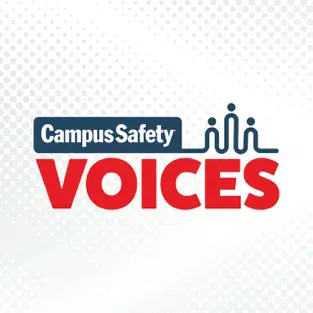One of the most challenging responsibilities of a school security, safety, and emergency management executive is handling the multitude of technology upgrades required for the protection of today’s K-12 campuses. In most districts of any size, there are a lot of moving parts, supply chain issues, contractors, and in-house employees that all must be effectively managed.
To find out to find out how to accomplish all of these tasks that effectively, I spoke with Danielle Stevens who is district safety manager for Lake Zurich CUSD 95. She is also one of this year’s K-12 Director of the Year finalists. In only three years, she and her team completed 90% of a 2019 outside security assessment’s recommendations for school safety and security improvements. The remaining 10% of upgrades are currently being evaluated or are underway.
In our interview, Stevens tells us:
- How she prioritized the assessment’s recommendations: 1:45
- How she managed the school district employees and contractors who completed the upgrades: 4:41
- How she dealt with supply chain issues, including a 20-week delay in receiving the two-way radios the district ordered 7:30
- How she is tackling the projects that remain, such as the district’s massive and very expensive video surveillance system upgrade. 8:58
She also provides some sage advice to other school security directors on how to effectively manage system upgrades. (12:45)
“You need to make sure you aren’t just checking boxes,” she says. “You have to establish a long-term plan for your maintenance, upkeep, and training. There is so much training with everything that you roll out.”
Stevens also stresses the need to include students in the process.
“If I could go back, I would involve our student body earlier in the safety changes,” she adds. “The students came back with many changes as a result of COVID rules, but also from the safety and security upgrades. We had restrictions on entry and exit points, and those changes were really hard on students. The student body approached my department to discuss many of the new safety measures, and I was so impressed by this. I wanted to make sure they had a voice, that they felt heard, and I took this very seriously. We offered multiple platforms where students could voice their opinions and concerns, and the conversations were so productive.”
So, here’s my interview with Danielle Stevens. Enjoy the show!
Watch the full interview here, or listen on the go on Apple or Spotify.









